LAE, Friday, 25 April 2025 – As dawn broke over the Lae War Cemetery this morning, a solemn silence fell over the gathered crowd — a moment of quiet reflection shared by Papua New Guineans, Australians, New Zealanders, and regional partners as they commemorated Anzac Day on hallowed ground.
The 2025 Anzac Day Dawn Service in Lae took on added poignancy this year, not only for the lives honoured from past wars, but also for what it symbolised in the present: the enduring bonds between nations forged in conflict and carried into a future of mutual defence, cooperation, and peace — all as Papua New Guinea marks its 50th anniversary of independence.
In his address, Australian Consul-General to Lae, Brenton Kanowski, spoke to this unique convergence of history and contemporary significance, noting that while Anzac Day is always a time for remembrance, the 2025 service carried deeper resonance.
“This year it carries special meaning for all of us here in Papua New Guinea,” he said. “For the first time, this country is hosting an element of Exercise Talisman Sabre — our largest and most complex defence training activity.”
The participation of Papua New Guinea in this prestigious military exercise represents a powerful evolution of regional security collaboration. It underscores the maturing of PNG’s role as a sovereign partner in regional peacekeeping, diplomacy, and defence — a role rooted in a shared history that began on battlefields across the Pacific during World War II.
“That Papua New Guinea is playing this role in 2025 shows how far our partnership has come, and how vital it remains in a changing world,” Kanowski remarked, acknowledging the moment’s gravity against the backdrop of PNG’s golden jubilee.
The Lae War Cemetery — final resting place of more than 2,800 Commonwealth servicemen — stood as a silent witness to the morning’s commemorations. Among the names etched in white stone is Flight Lieutenant Leigh Vial of the Royal Australian Air Force, a legendary Coastwatcher whose calm, confident voice earned him the nickname “The Man with the Golden Voice.”
“Operating behind enemy lines, he provided vital intelligence during the New Guinea campaign,” Kanowski recounted. “He died on active duty in 1943 and is laid to rest here in Lae – a quiet hero whose vigilance and hard work helped change the course of the war in this region.”
His gravestone bears the words: “HIGH ENDEAVOURS / AN INWARD LIGHT / THE PATH BEFORE HIM ALWAYS BRIGHT.”

In remembering Vial, Kanowski invoked the spirit of all who served — Papua New Guinean carriers, scouts, and soldiers who formed the backbone of the Allied war effort in New Guinea; Australian and New Zealand infantrymen; medical personnel; engineers; sailors; and Allied forces from far and wide.
“This cemetery, and the battles once fought around Lae, Kokoda, and Salamaua, are not just reminders of war,” he said. “They are monuments to the values of courage, mateship, and sacrifice.”
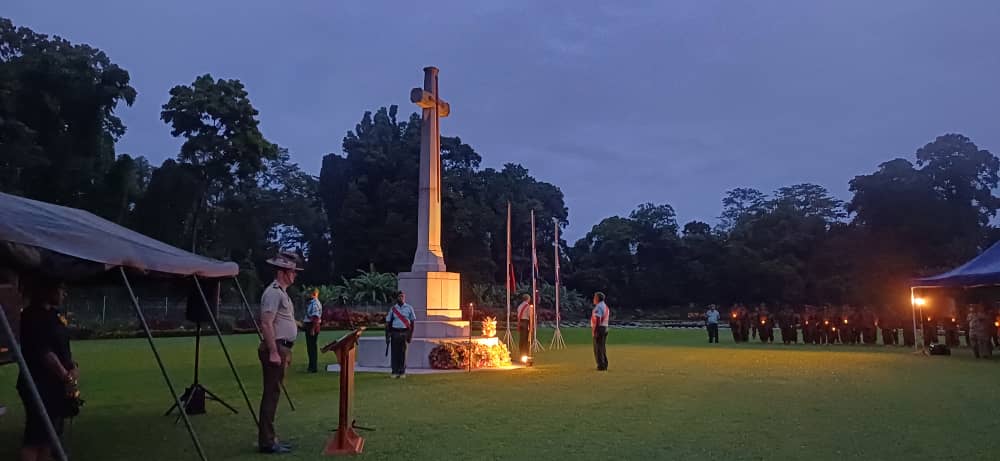
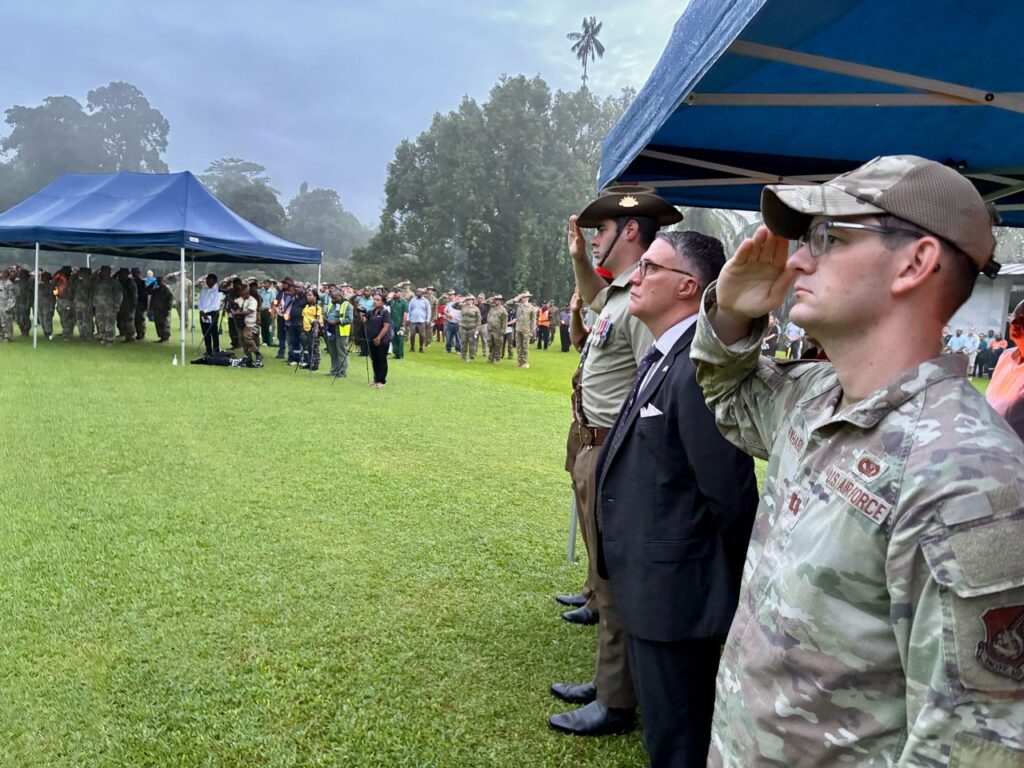

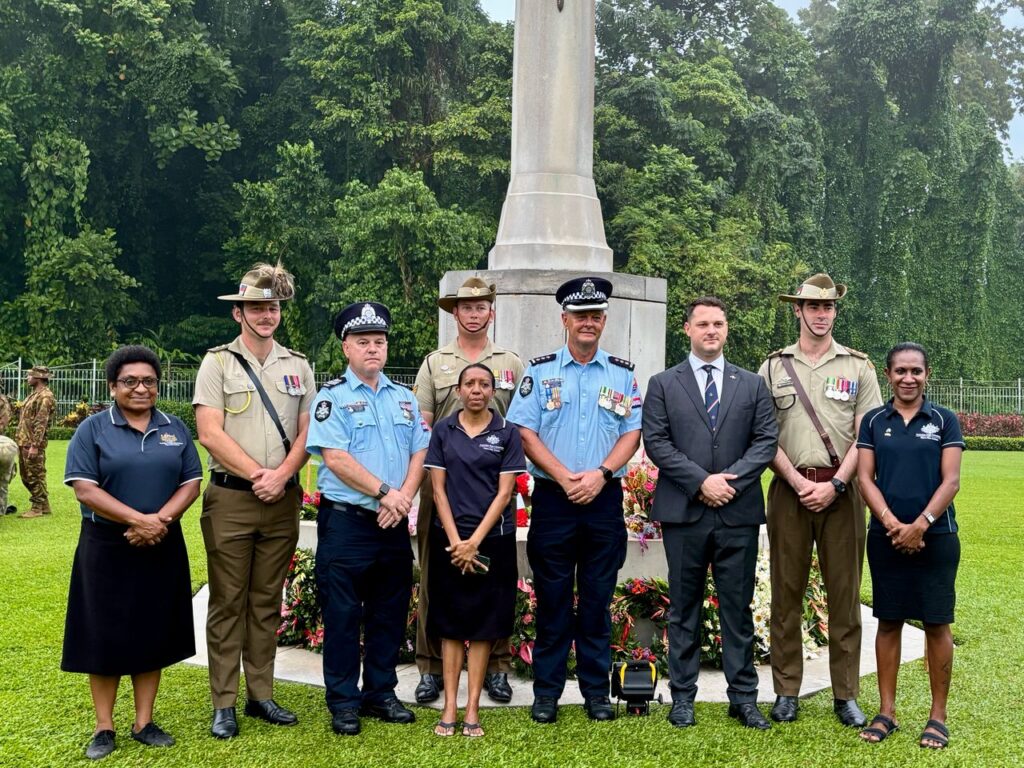
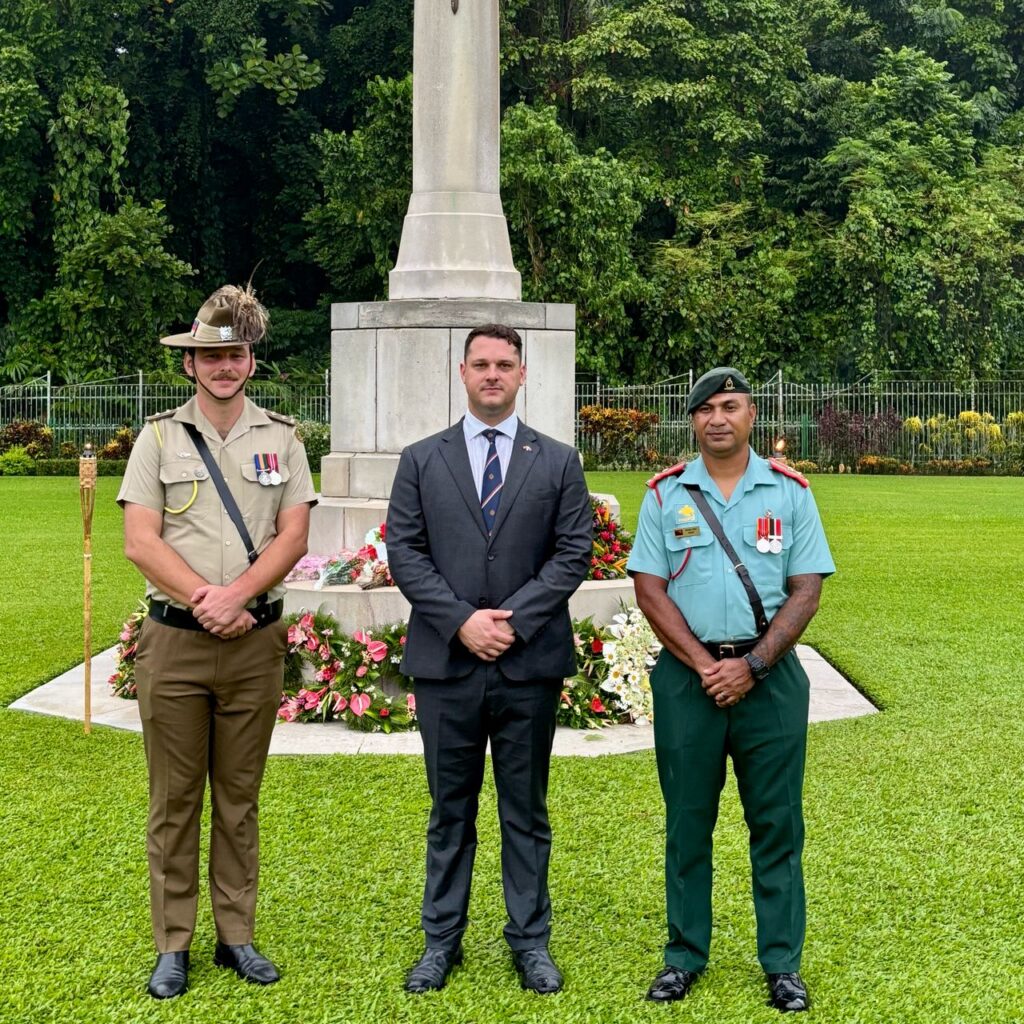
Kanowski also reminded the audience that the lessons of history must remain front of mind, especially as conflicts continue to unfold across the globe — from Ukraine and the Middle East to more immediate tensions within the Indo-Pacific.
“War is not a relic of the past. Its pain and consequences are still felt in many places,” he said. “That’s why we continue to work together — training together, planning together, standing together. And it’s why our partnerships today matter just as much as they did 80 years ago.”
Delivering his final message partly in Tok Pisin, the Consul-General reinforced the shared cultural and historical respect that underpins the PNG-Australia relationship: “Yumi no ken lus tingting long ol soldier bipo, i bin fait long strongim freedom na bel isi” — let us not forget those who fought for freedom and peace.
The Anzac Day Dawn Service in Lae concluded with the traditional ode, a bugler’s Last Post, and moments of silent remembrance. It served not only to honour the past but to strengthen the resolve of two nations — and their regional allies — to work toward a future where peace and cooperation continue to triumph over conflict.
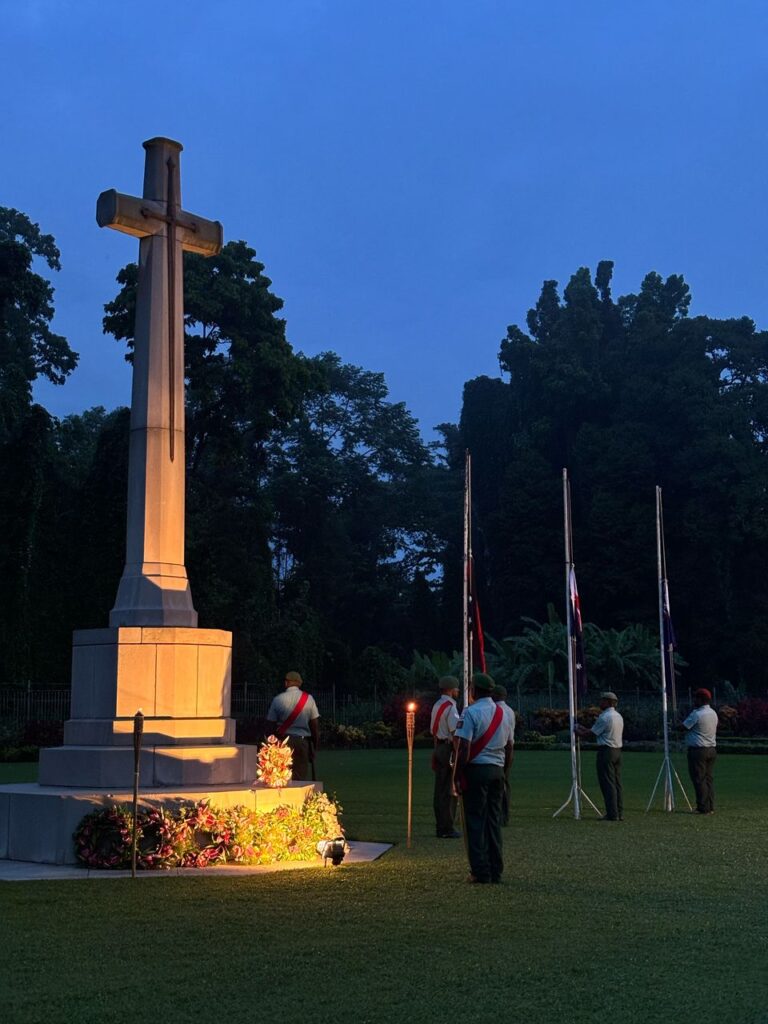
Lest we forget.